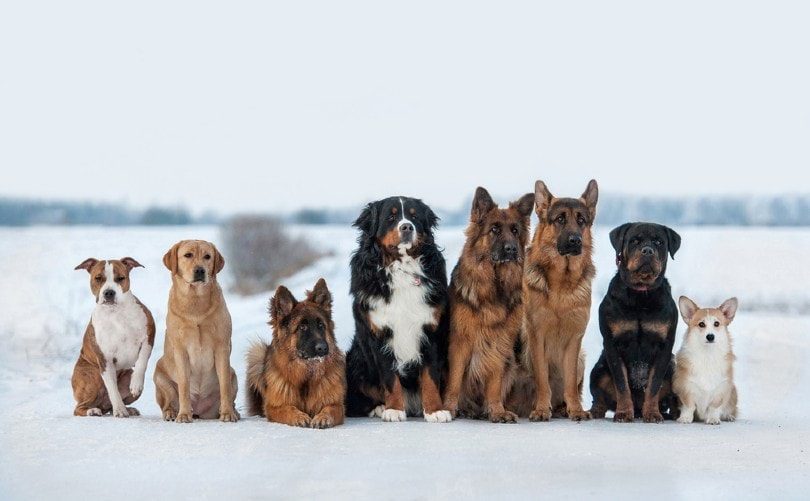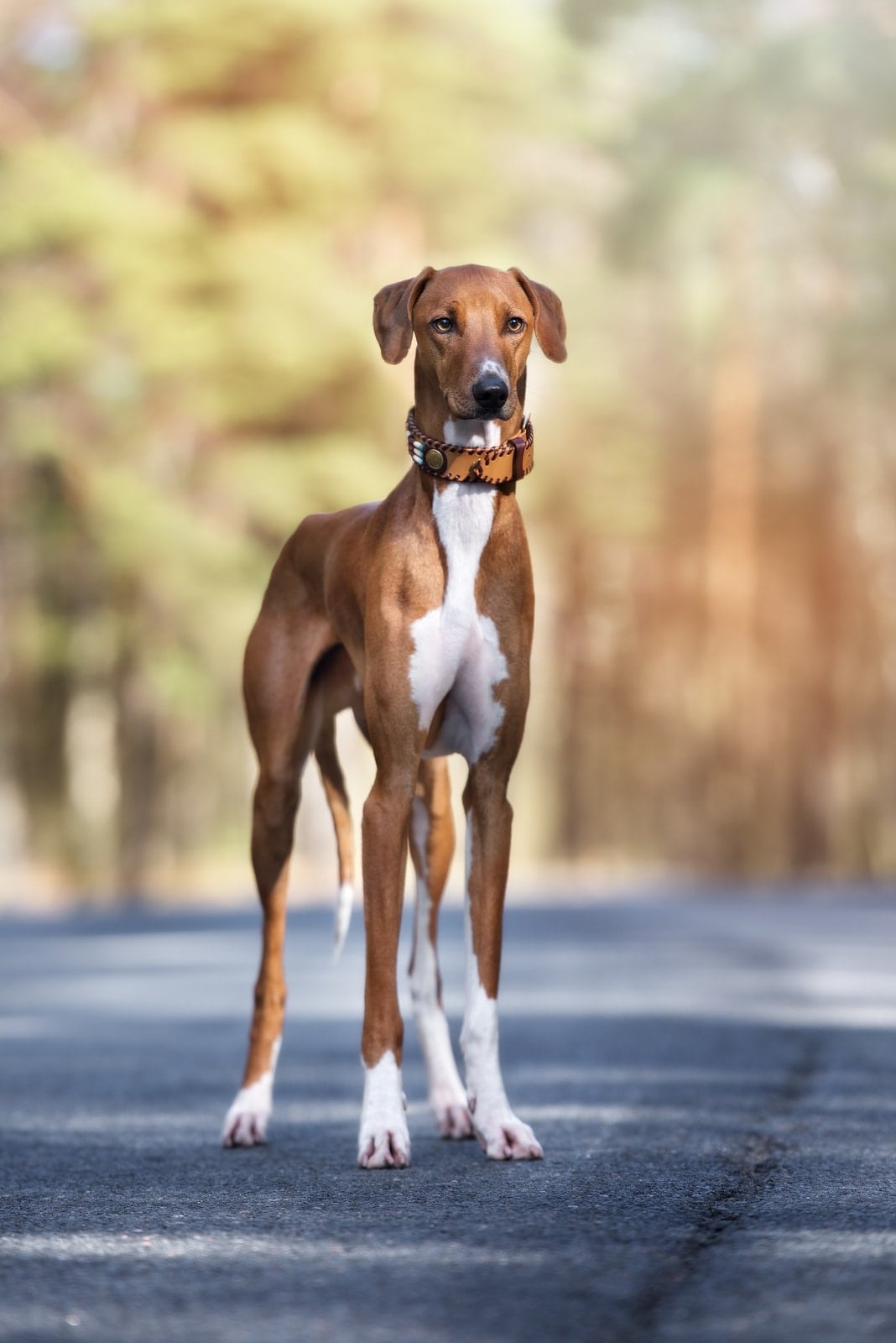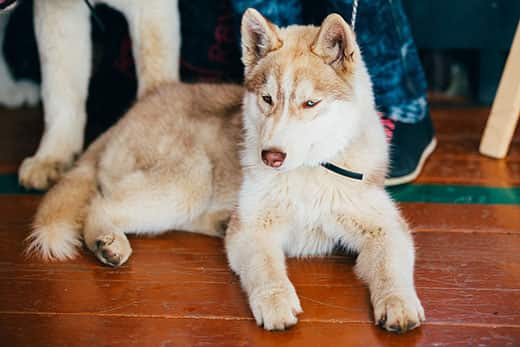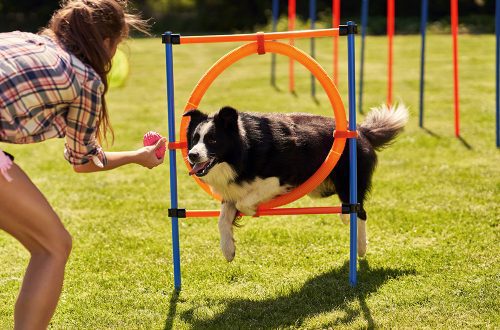
How many dog breeds are there?
In terms of size and appearance, dogs are one of the most diverse species on the planet. It’s hard to believe that the tiny chihuahua and the giant dane are very similar on a genetic level. But their vastly different ears, paws, and temperaments are largely due to human-controlled selective breeding.
How many dog breeds are there? And also what is needed in order for a new type of dog to be included in the list of official breeds? Read on to find out the answers to these questions.
Contents
Coordinating bodies of dog breeds
The Fédération Cynologique Internationale (FCI), also known as the World Cynological Organization, is an international federation of kennel clubs from 84 countries, excluding the US, UK and Australia. In these three countries, the American Kennel Club (AKC), the British Kennel Club (KC) and the Australian National Kennel Council (ANKC) are the respective governing bodies for defining dog breeds and their standards. These organizations are responsible for determining the conformity of dogs to breed requirements, and for developing and enforcing breed standards in each of the regions they serve.
Recognition of dog breeds
 To become a recognized breed, a new kind of dog has a long way to go. Different dog breed associations can differ slightly from each other, depending on how they determine the recognition of a new breed. However, they all tend to follow the AKC model, which requires a large enough population of a certain type of dog and enough national interest to justify recognition of the breed. Recognizing a breed also means monitoring the health and characteristics of that type of dog and setting rules to ensure that breeders breed healthy animals in a safe and ethical manner.
To become a recognized breed, a new kind of dog has a long way to go. Different dog breed associations can differ slightly from each other, depending on how they determine the recognition of a new breed. However, they all tend to follow the AKC model, which requires a large enough population of a certain type of dog and enough national interest to justify recognition of the breed. Recognizing a breed also means monitoring the health and characteristics of that type of dog and setting rules to ensure that breeders breed healthy animals in a safe and ethical manner.
Before the AKC considers a new breed for purebred status, it must have a population of at least 300 to 400 dogs spanning at least three generations. There must also be a national kennel club dedicated to this new breed, which includes at least 100 members living in at least 20 states. The club must also have a set set of standards and characteristics that a dog must meet in order to be classified as a given breed.
Once a national breed club meets all of the above requirements, it can apply to the AKC for official breed status. If approved, the breed may take part in the “other” class at shows held by the AKC. Typically, after participating in this class for at least three years, the AKC Board of Directors will review the breed to determine if it meets the requirements and whether it will be granted full recognition and official breed status. However, the number of new breeds added to the AKC registry varies from year to year, with 25 new breeds having received official status since 2010.
Classification of dog breeds
All major dog breed coordinating bodies classify dog species into groups based on the job for which the dog was originally bred. The AKC groups dog breeds into seven categories:
Hunting. This group includes dogs bred to hunt birds such as ducks and geese. For this reason, the AKC and ANKC refer to this group as the “gunners/cops”. This group includes retrievers such as Labradors, Spaniels, and Irish Setters, as well as other breeds of Setters.
Hounds. The hound group includes both greyhounds, such as the Afghan hound and Irish wolfhound, and hounds, such as the bloodhound and beagle. Beagle dogs have typically been bred to track both large and small game. Today, according to ArtNet, some of them are searching for missing children, rescuing earthquake victims under rubble, and even smelling harmful insects in paintings.
Terriers. The dogs in this group were originally bred to help control the rodent population. Robust and energetic, small terriers would rush into burrows in the wake of rats and other rodents, while larger breeds tended to dig out the hiding places of their prey. Many of them bear the name of the place where they come from, such as Cairn or Staffordshire.
Shepherds. Herding breeds were originally bred to help control livestock such as sheep and cattle. Being agile and intelligent, they are easy to train and respond quickly to human commands. This is why some herding breeds, such as the German Shepherd, make excellent police, military, and search and rescue dogs.
 Service. Service breeds are breeds that are bred to perform specific tasks that are not related to hunting or grazing. These include sled dogs such as the Siberian Husky, search and rescue dogs such as the St. Bernard and larger breeds such as the Rottweiler, which the Rottweiler Club of the United Kingdom says is bred to guard cattle brought to market.
Service. Service breeds are breeds that are bred to perform specific tasks that are not related to hunting or grazing. These include sled dogs such as the Siberian Husky, search and rescue dogs such as the St. Bernard and larger breeds such as the Rottweiler, which the Rottweiler Club of the United Kingdom says is bred to guard cattle brought to market.
Reluctant. This group is intended for breeds that are difficult to attribute to other groups. Non-hunting dogs include the Dalmatian, Poodle, and Chow Chow, as well as other dogs bred simply for companionship or roles that do not fit into the other main categories.
Room-decorative. The group of indoor-decorative includes all the smallest breeds. Some breeds, such as the Yorkshire Terrier (a group of terriers) or the Toy Poodle (a non-hunting group), would be relegated to other groups were it not for their small size. As a rule, these dogs weighing less than 5 kg are bred as companions.
How many dog breeds are there?
In the United States alone, the AKC dog breed list currently has 190 names. Worldwide, the FCI has 360 officially recognized breeds. These do not include experimental breeds that have not yet received official status. Official lists also do not include mixed-breed dogs, not even “designer” crosses such as the Goldendoodle (Golden Retriever/Poodle mix) or Pugle (Beagle/Pug mix).
Although these new puppies are cute and popular, the fact that they are mixed breed dogs and do not have established health standards disqualifies them for purebred certification. As with any other popular breed, before buying a dog, potential owners should ensure that the puppy is healthy and the breeder is ethical. And any breed that ends up in your local animal shelter could be your eternal friend.
While there are currently eight more hopeful applicants listed under the AKC class “other” and enterprising dog breeders continue to experiment with new varieties, the number of dog breeds is constantly increasing. But in the end, whether the dog belongs to an officially recognized breed or is a mixture of a dozen different mutts, it does not matter for his ability to love you and be a great pet.





